 Solar panels, wind turbines, hydroelectricity… all of these terms probably ring a bell for most folks interested in renewable energy; and for some time I’ve considered myself someone who falls under that category.
Solar panels, wind turbines, hydroelectricity… all of these terms probably ring a bell for most folks interested in renewable energy; and for some time I’ve considered myself someone who falls under that category.
However, when I arrived at High Trails, one term that didn’t ring a bell for me was biomass conversion.
Early on, I found myself struggling to teach this practice to my students, since I was pretty unfamiliar with it myself. That is until one bright and particularly environmentally conscious student wrote me a letter breaking down the process (diagrams included!) This letter inspired me to do some research of my own and find out just what Biomass Conversion is all about.
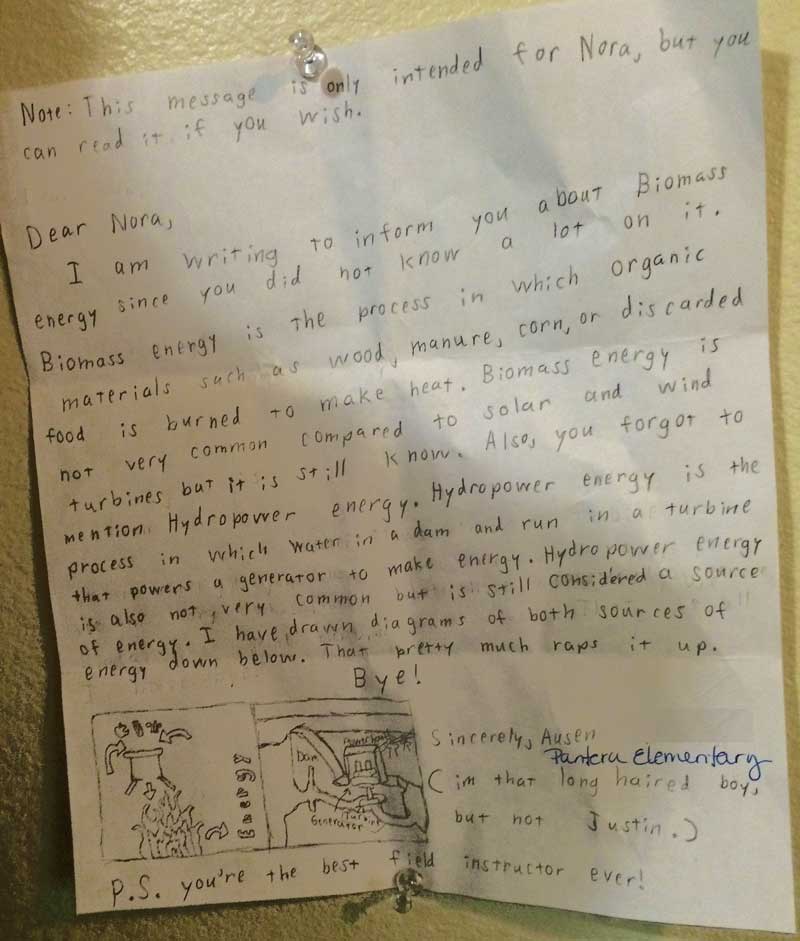 So what is it?
So what is it?
The process of Biomass Conversion sounds a bit more complicated than it actually is. Biomass is basically any collection of organic material. Most often this is in the form of plants, either alive or recently alive.
One could almost call it natural, or organic, “garbage”.
You know, the stuff we all fill our green garbage barrels with. Biomass conversion as a form of renewable energy is all about taking the plants’ energy that is, or was, being obtained through photosynthesis and turning it into usable energy for us.
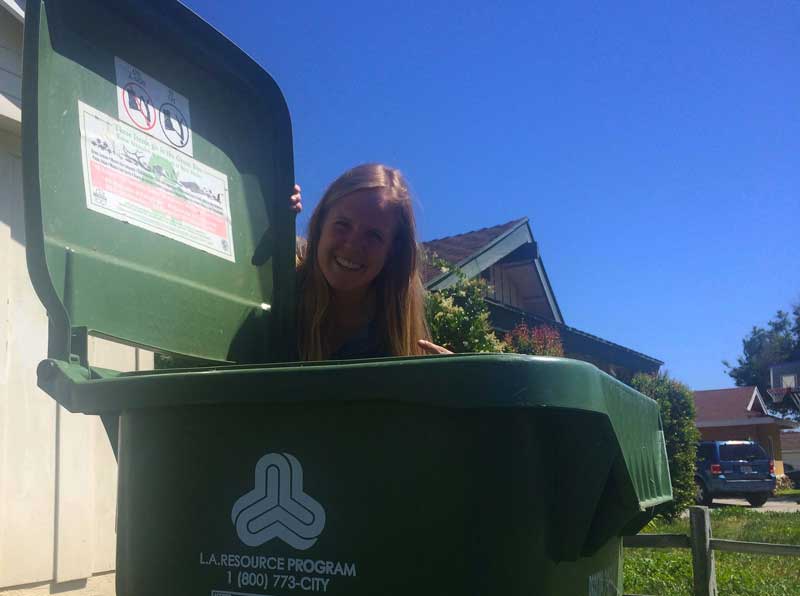 How do we do it?
How do we do it?
The most common form of harnessing biomass energy is through combustion. The process of converting biomass energy into usable energy involves burning the “organic garbage” below a chamber of water. The resulting heat causes a release of heated chemical energy, which helps to create usable energy for us. The chemical energy carries the steam through turbines and a generator, providing electricity to communities through power lines and cables. 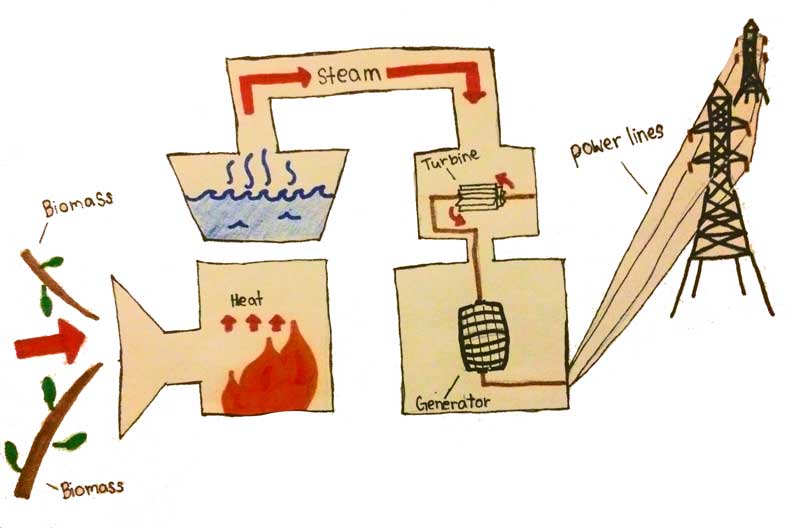
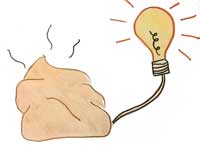 Another, less common form of bioenergy production involves decomposition. As various types of bacteria get to work on decomposing animal waste, a process called anaerobic digestion traps the stored methane, which can be used to power generators. That’s right, animal waste actually CAN keep our lights on.
Another, less common form of bioenergy production involves decomposition. As various types of bacteria get to work on decomposing animal waste, a process called anaerobic digestion traps the stored methane, which can be used to power generators. That’s right, animal waste actually CAN keep our lights on.
Even plants that contain enough sugar can create chemicals for fuel if they are fermented long enough. Long story short, natural materials that could potentially be harnessed for providing energy are all around us!
So what’s the big idea?
Well let’s talk about practicality. As it stands now, biomass conversion is a huge source of energy for many developing nations. In terms of sustainable energy it is pretty commonly utilized, providing about 15% of the energy that our planet consumes! If we were to collect all of the organic waste in the United States alone and convert it to usable energy, it would account for 5-10% of our energy needs.
But is it completely harmless? Definitely not.
If biomass conversion were to become a primary energy source for our world, simply collecting the organic waste we acquire naturally would not be enough. We’d have to cultivate plants and trees on a larger scale, which would open the door for deforestation and habitat degradation. On top of that, burning anything in such a large quantity produces chemicals that are harmful to our air quality.
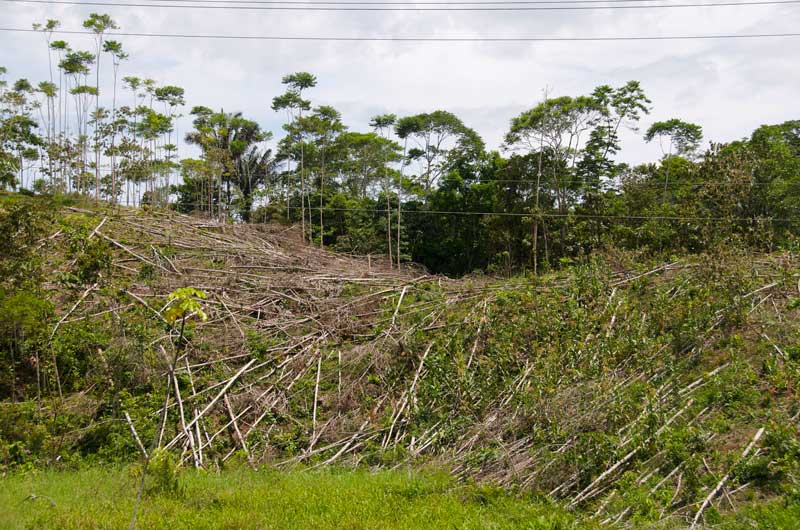
Deforestation in Ecuador
On the other hand, the impact would be far less harmful to our planet than the current situation we face with greenhouse gas emissions. At the same time, biomass conversion can potentially be produced on a local scale. In this case, deforestation would become less of a threat, as local communities would be providing the organic “fuel” for themselves. This would also provide more eco-friendly job opportunities for people in such communities.
Now, let’s bring it back…
 In our Environmental Awareness class at High Trails, we teach our students to be informed, environmentally-aware citizens who think critically about the world around them. Considering the pros and cons of alternative energy sources is an important part of reaching solutions to help our changing planet.
In our Environmental Awareness class at High Trails, we teach our students to be informed, environmentally-aware citizens who think critically about the world around them. Considering the pros and cons of alternative energy sources is an important part of reaching solutions to help our changing planet.
Special thanks to Ausen from Pantera Elementary for inspiring me to stay informed and think critically!
Here are some good places to learn more about this topic:
- http://www.eschooltoday.com/energy/renewable-energy/biomass-energy.html
- http://www.biomassenergycentre.org.uk/portal/page?_pageid=73,1&_dad=portal&_schema=PORTAL
- https://books.google.com/books?id=aLjfBwAAQBAJ&lpg=PR1&pg=PR1#v=onepage&q&f=false
At High Trails Outdoor Science School, we literally force our instructors to write about elementary outdoor education, teaching outside, learning outside, our dirty classroom (the forest…gosh), environmental science, outdoor science, and all other tree hugging student and kid loving things that keep us engaged, passionate, driven, loving our job, digging our life, and spreading the word to anyone whose attention we can hold for long enough to actually make it through reading this entire sentence. Whew…. www.dirtyclassroom.com

Comments are closed.